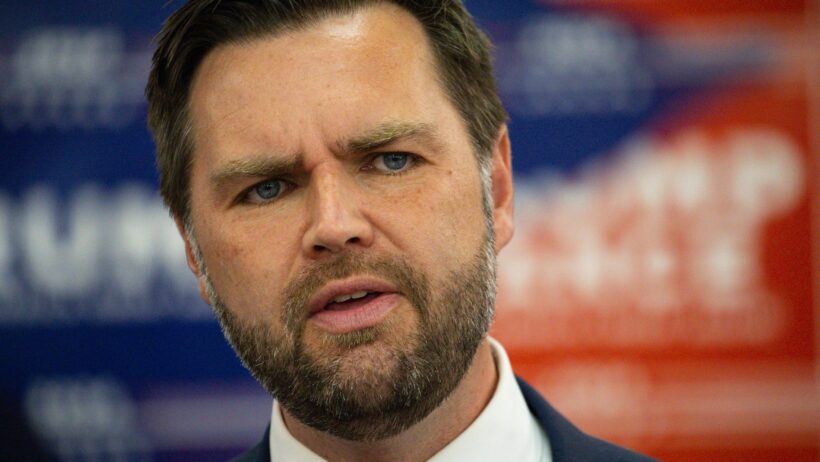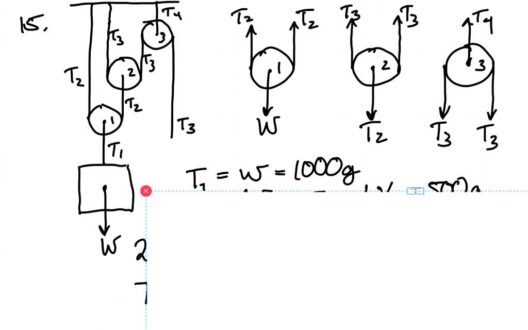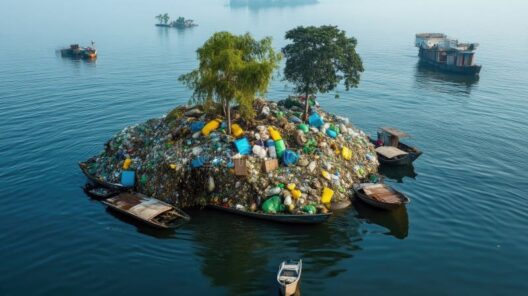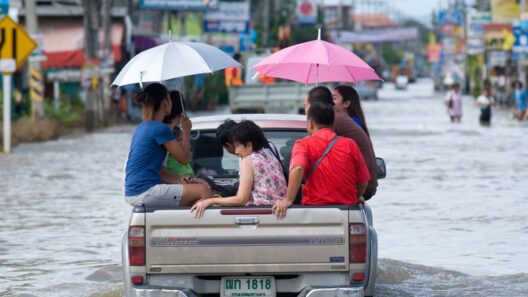In recent years, the discourse surrounding climate change has surged to the forefront of political debates, often dividing public opinion along partisan lines. At the nexus of this contentious dialogue stands J.D. Vance, a prominent political figure whose views on climate change warrant scrutiny. A perplexing yet intriguing question arises: Does J.D. Vance genuinely believe in climate change? As we unravel the layers of his political persona and public statements, we will explore the intersection of science and politics while challenging the implications of his stance.
To navigate this discussion, it is essential to understand Vance’s overarching political ideology. His rise through the ranks of American politics has been characterized by populist rhetoric, focusing heavily on economic issues, national identity, and skepticism towards mainstream science. The narrative he presents often invokes the ethos of the average American, particularly those in economically marginalized communities, as he connects with a demographic that feels disenfranchised by liberal policies and elite opinions. However, this populist appeal raises a crucial tension between genuine concern for human welfare and political opportunism fueled by public sentiment.
Vance has been quoted calling climate change “weird science,” a phrase that captures his ambivalence towards widely accepted scientific conclusions about the gradual but alarming changes in our planet’s climate. Such characterizations can be indicative of a larger framework wherein the credibility of scientific information is undermined through rhetorical devices designed to engender distrust in established norms. By dismissing climate change as “weird,” Vance sidesteps an engagement with the voluminous evidence supporting human-induced climate disruptions, favoring instead a narrative that aligns more closely with certain political factions that view environmental regulations with skepticism.
So, is it politically expedient for Vance to cast doubt on climate science? Indeed, the political climate in some circles suggests that doing so may enhance his appeal among voters who prioritize economic growth over environmental sustainability. This viewpoint, however, presents a challenge. If economic interests are prioritized, do we risk sacrificing the quality of life for future generations? As we examine Vance’s statements and actions, we must pose this question seriously, as it intersects deeply with the moral dimensions of leadership.
Moreover, Vance’s position serves as a microcosm of a broader ideological rift regarding climate change in American politics. On one side, there are advocates who argue vehemently for immediate action to combat climate degradation, emphasizing the scientific consensus that underlines the gravity of the situation. On the opposing side, figures like Vance perpetuate a narrative that casts doubt on these scientific findings, engendering a public discourse that often lacks nuance. This dualism renders complex scientific principles into simplistic binary choices—either you support unrestricted industrial growth, or you subscribe to alarmist projections about the environment. Striking a balance between economic viability and environmental responsibility is not merely a political tactic; it is a life-altering decision for many.
Pitting economic benefit against environmental protection creates an untenable dichotomy. The assumption that economic growth comes at the expense of environmental health is a fallacy. Sustainable solutions, such as renewable energy sources, can serve both economic interests and ecological preservation. By robustly investing in green technology, job creation can coincide with efforts to reduce carbon emissions. For politicians like Vance, embracing such innovative solutions could redefine their political legacy, shifting the narrative from one of skepticism to one of proactive engagement with climate realities.
Additionally, recent public debates have spotlighted Vance’s reluctance to clearly assert his beliefs on climate science. His statements often oscillate between outright dismissal of climate science and vague assertions that suggest a potential openness to dialogue. Yet, this ambiguity does little to quell the growing anxieties about climate crisis among constituents increasingly cognizant of environmental issues. Inaction and indecisiveness in the face of overwhelming evidence can be deemed as a failure of political responsibility. Conclusively, when the stakes are as high as planetary health, ambiguity is not an option; clarity forms the bedrock of informed decision-making.
As climate change continues to affect weather patterns, agricultural yields, and biodiversity, voters will be looking to their representatives for guidance and assertive action. The real challenge lies in whether leaders like Vance are willing to confront the scientific community head-on and engage in a constructive dialogue that transcends partisan divides. It is incumbent upon political figures to pivot from mere rhetoric and instead work towards policies that prioritize both people and the planet. This may not only save face among the electorate but also spur innovative solutions that could reinvigorate local economies while safeguarding a habitable environment.
In conclusion, as we ponder whether J.D. Vance truly believes in climate change, the answer seems fraught with complexities. His political narrative suggests a meticulously crafted skepticism aimed at political advantage rather than an authentic dialogue with pressing environmental issues. While he wields pop-culture language to resonate with a group of disillusioned voters, one must ask: At what point does political opportunism become negligence? The imperative demands that political figures evolve past mere posturing to embrace the harsh realities dictated by science, lest they be overwhelmed by the very crises they choose to dismiss.






